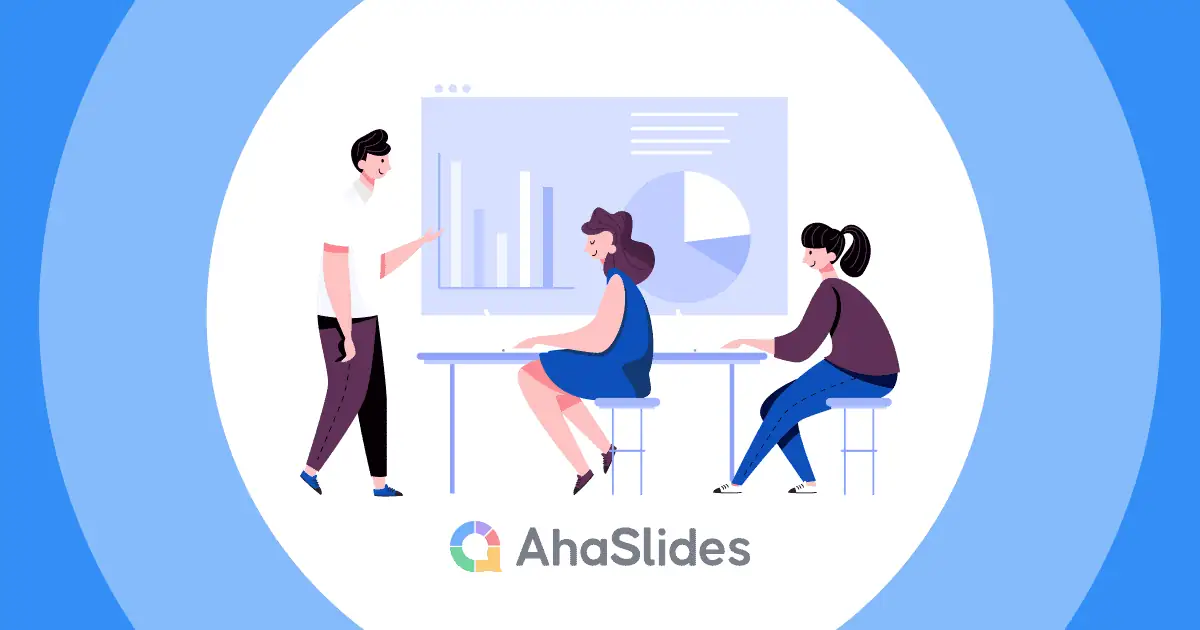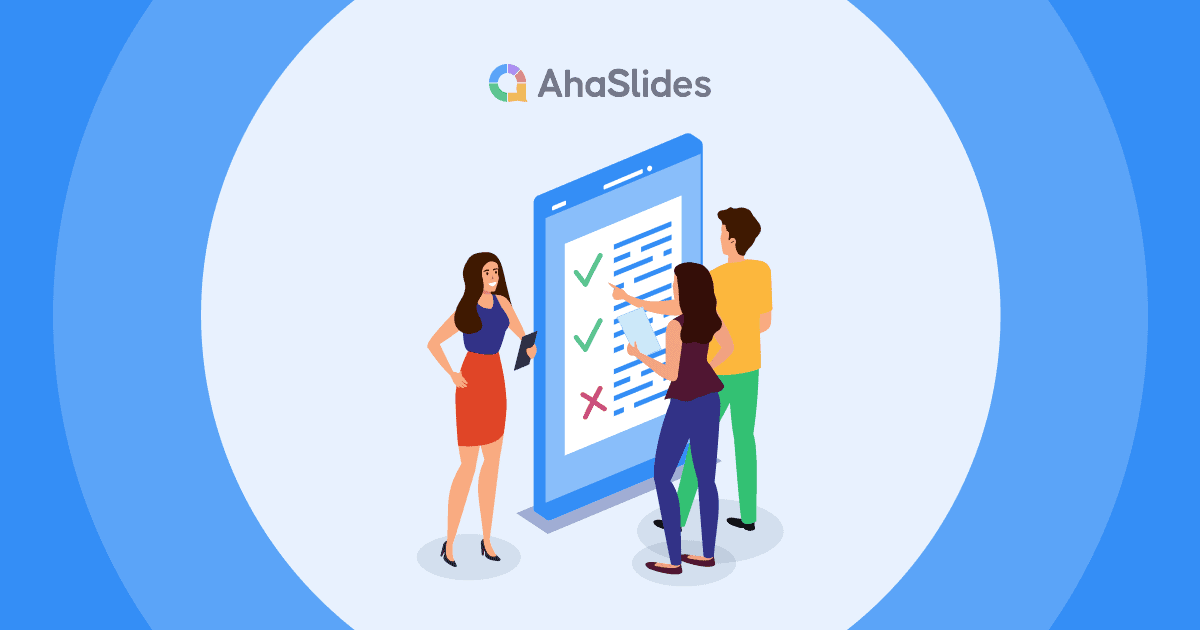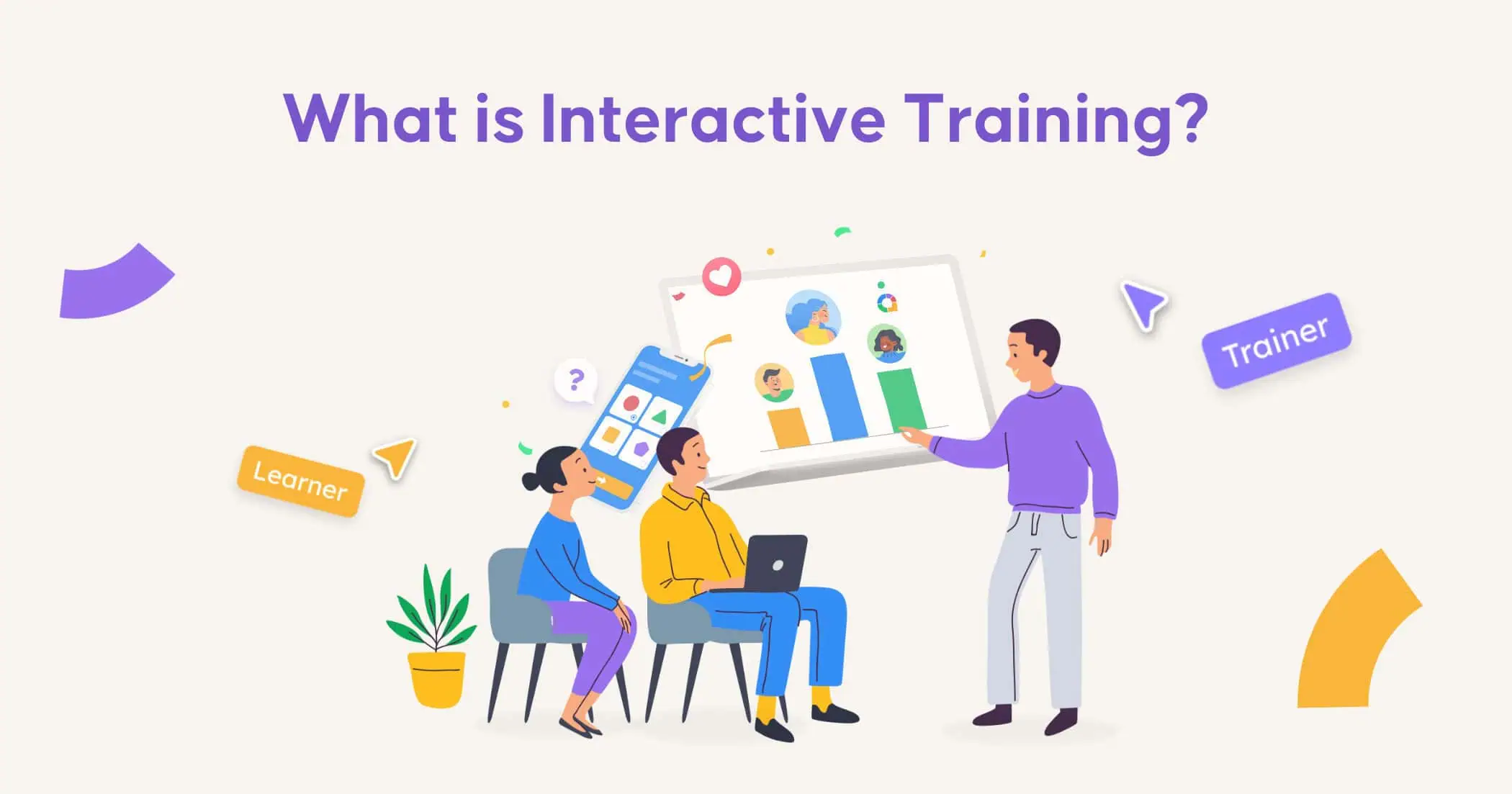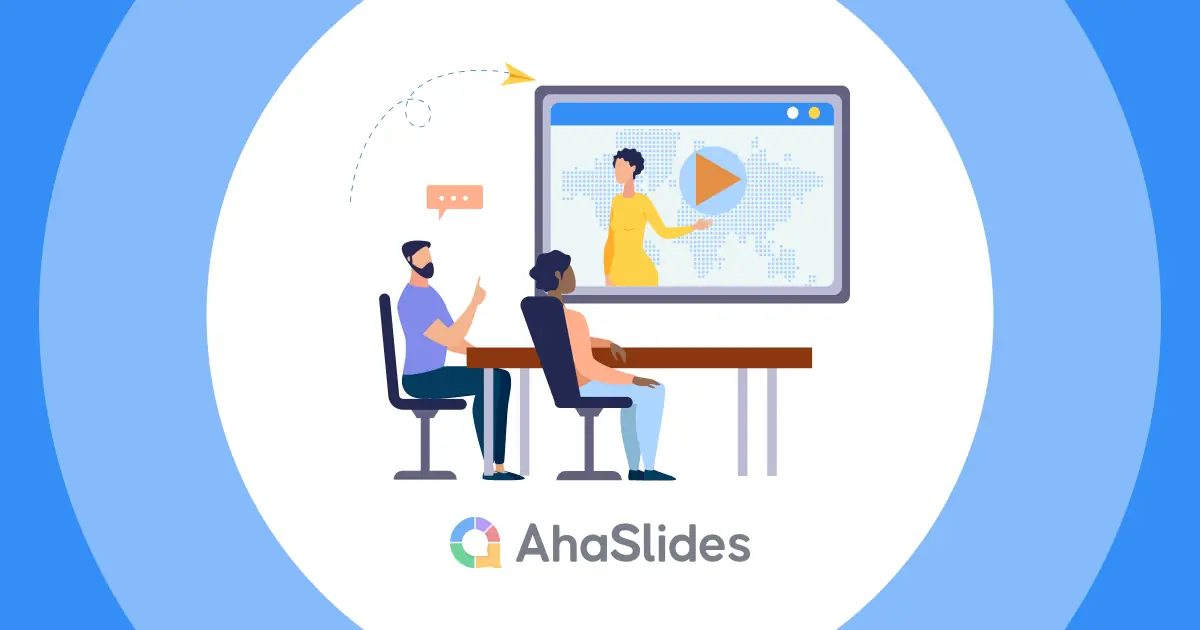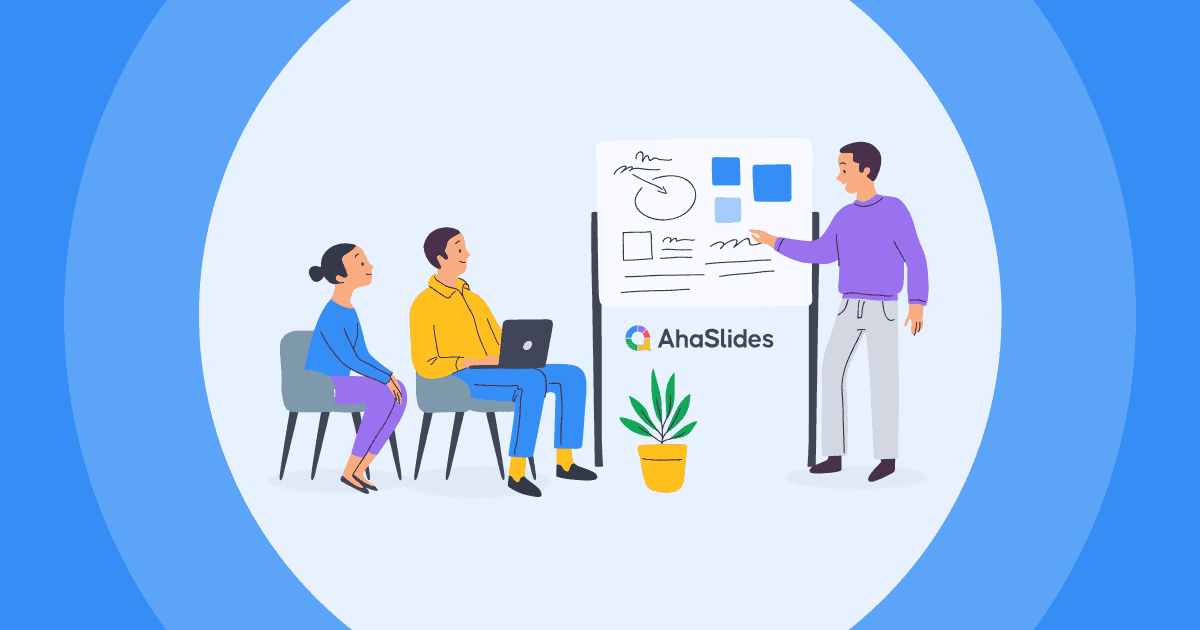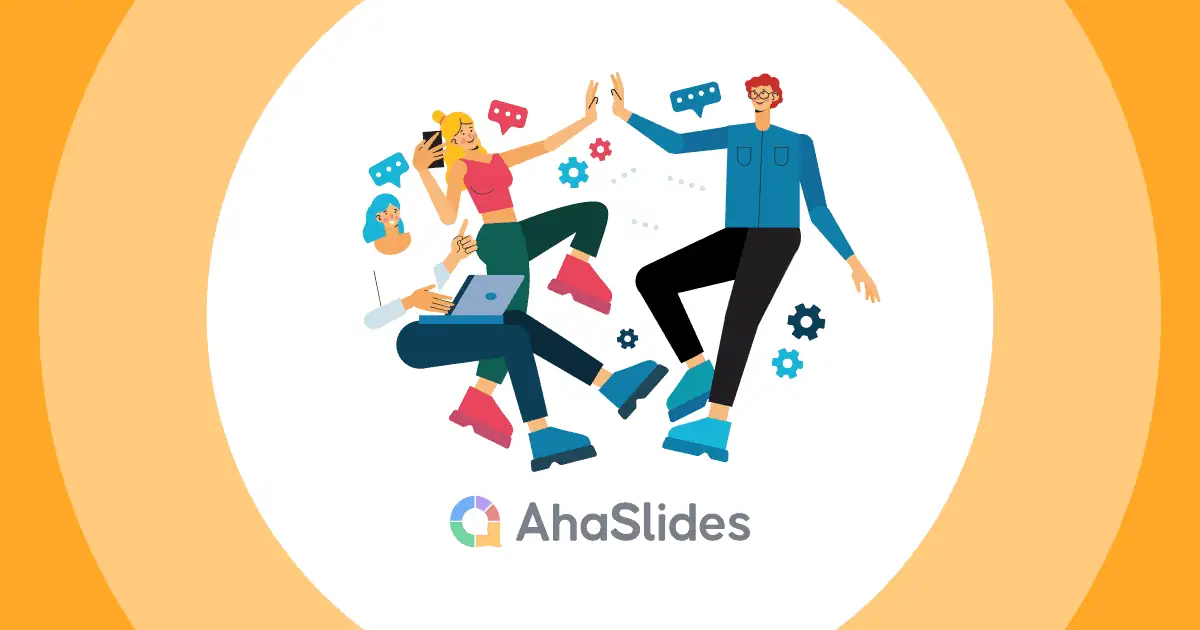A personalized training plan brings greater employee engagement, leading to better job performance and lower turnover. But employers should be careful. Ineffective training can quickly swallow big chunks of employees’ time and a company’s budget.
So, how do you succeed with a personalized training plan? This article suggests the best tips to make a personalized training plan work best for your organization.
Table of Contents
- What is a Personalized Training Plan?
- What are Examples of Personalized Learning Plans?
- How to Create Online Personalized Training for Employees
- Frequently Asked Questions
What is a Personalized Training Plan?
Personalized training aims to bring tailored content to fit learners' strengths, weaknesses, needs, and interests. It aims to enable student voice and choice in what, how, when, and where they master their knowledge and skills—to provide flexibility and support to ensure mastery at the highest standards possible.
According to Education Elements, the core four of personalized training include:
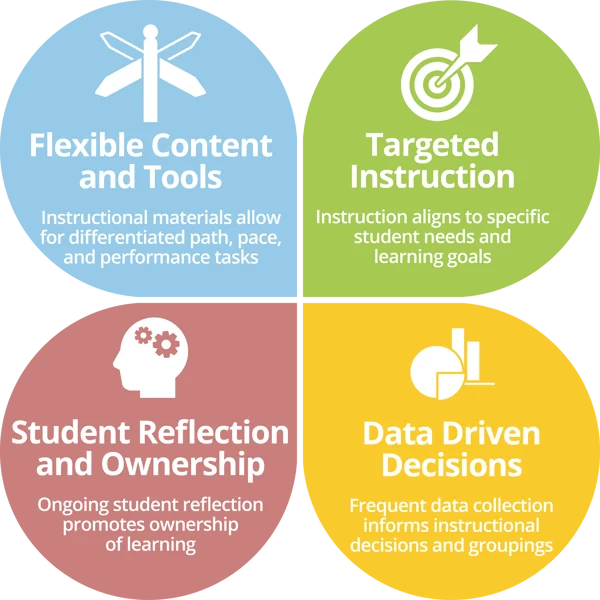
- Flexible contents and tools: It is the process of using foundational, adaptive, and highly customizable content to help the student improve their learning in differentiated path, pace, and performance tasks.
- Targeted instruction: Instructors employ distinguished teaching and learning methods to meet specific student needs and learning goals, for example, small groups, 1-1, and strategy groups.
- Student reflection and ownership: It starts with ongoing reflection, and trainees learn to set their goals and have authentic choices to improve themselves for their training.
- Data-driven decisions: Learners are provided with opportunities to review their data and make learning decisions based on that data.
What are Examples of Personalized Training Plans?
How does personalized training work? These examples are the best explanations to help you have a better understanding of a personalized training plan:
1-on-1 personal training: It is the most common form of personalized training. It often happens in the fitness center, where a professional trainer guides only one learner. He or she is responsible for the whole process of improving the learner and customizing the training plan to meet their needs. Without a doubt, the biggest benefit is that every workout you do in a one-on-one setting with a skilled trainer will quickly shorten your distance to a desired fitness goal.
1-on-1 teaching: Nowadays, many educational centers offer 1-on-1 teaching, such as learning a foreign language. Many people with busy schedules prefer this form of learning as it is designed to fit their schedule, with more interaction and fewer distractions, driving better outcomes.
Mentoring: It is a good example of a personalized corporate training plan. It is the combination of training and social interaction. In the workplace, companies often arrange for inexperienced employees, especially newcomers to seek advice, learning, and support from a more experienced senior. This can quickly bridge the skill and knowledge gap that inexperienced employees are missing.

What organizations around the world are doing now?
Whether it is big or small companies, investment in talent is always necessary. Dussert implemented a video library, a YouTube-like platform to help employees master their skills in a more convenient and personalised way. It works under the machine learning principle and serves up periodic recommendations based on the user's goals or potential growth opportunities.
In addition, McDonald's recently launched an on-demand e-training program called Fred, a diskless worker dilemma that allows all levels of employees to access the latest updated training materials via computer, tablet, and mobile phone.
In the meantime, LaSalle makes it more straightforward. By frequently asking their employees about what weak spots they want to strengthen and what skills they want to acquire, they make sure all voices are heard and the mentor and trainer team work hard to fulfill it.
How to Create Online Personalized Training for Employees
“Every employee has something unique they want to work on, and they also learn in different ways.” - – Sirmara Campbell Twohill, SHRM-CP, LaSalle Network
When designing personalized corporate training for employees, convenience, cost, and effectiveness are what almost all organizations are concerned about. Thus, the trend of investing in online personalized training is exponential. Here are the top 4 strategies to support personalized training in the workplace:
#1. Understand learners
First, A successful personalized corporate program starts with understanding learners, their learning styles, and what they need. Let's ask these questions when you want to start to personalize the training plan for your employees:
- How does this employee learn? While some employees might learn best with visuals and audio, others prefer to learn with hands-on activities.
- What’s his or her learning speed? Not everyone learns at the same pace. Even the same person learns different skills at a different pace.
- What does she or he want to learn? Focus on the pain points. Some employees may want to learn new skills to advance their careers, while others may want to learn new skills for personal growth.
- What have others responded to? It is crucial to look at the data of previous learners, or look at what the learners have liked in the past and make recommendations based on that.
#2. Createa skill inventory
A skills inventory is a comprehensive list of all the experiences, professional skills, and educational qualifications of employees in an organization. It is a strategic business tool that helps organizations understand if the current employee skills are sufficient to meet their goals and where the skills gaps are. It also helps HR professionals guide the organization in key focus areas of recruitment, talent management, learning and development, and strategic workforce planning.
#3. Take advantage of e-learning
A personalized training plan can cost a fortune, while internal mentoring and coaching are effective somehow, it can't guarantee all seniors and freshers can match with each other the first time. It is cost-effective to use an e-learning platform to tailor the training program. Build up different personalized training paths and offer them choices and options in their e-learning courses.
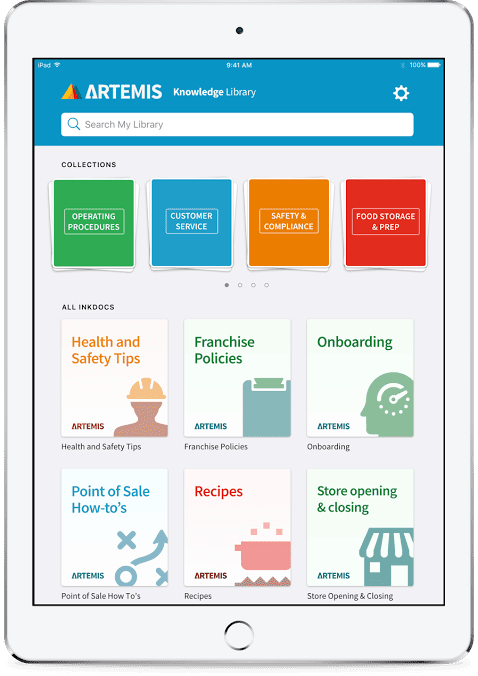
#3. Create interactive training modules
There is no better way to make training more engaging than by employing interactive training modules, in other words, encouraging learners to actively interact with the content. These modules can include a variety of interactive elements such as quizzes, simulations, digital storytelling, and branching scenarios. For example, you can create a leaderboard to track employee progress, offer badges for completing modules, or create a scavenger hunt that requires employees to find information within the course.
Frequently Asked Questions
How do I create a personal training plan?
To design your personal training plans, you can start identifying your goals by using the SMART framework and then selecting a suitable e-learning platform such as Udemy or Coursera. Create a learning schedule and stick to it. The tip is to set reminders and notifications to help you stay on track. Make learning a habit, only people with persistence win the game.
How do I write my own training program?
How do I write my own training program?
- It is better to have goal setting, both short-term and long-term ones are essential. All the goals should follow the SMART framework, and be achievable, specific, and measurable.
- Determine the tasks that are needed to achieve the goals.
- A detailed schedule is important, when to do it, how long it takes for each task, and how frequent it is to make your training effective.
- Take time to get feedback check the progress, and give some alternatives if the initials don't work well.
Ref: SHRM | edelements
